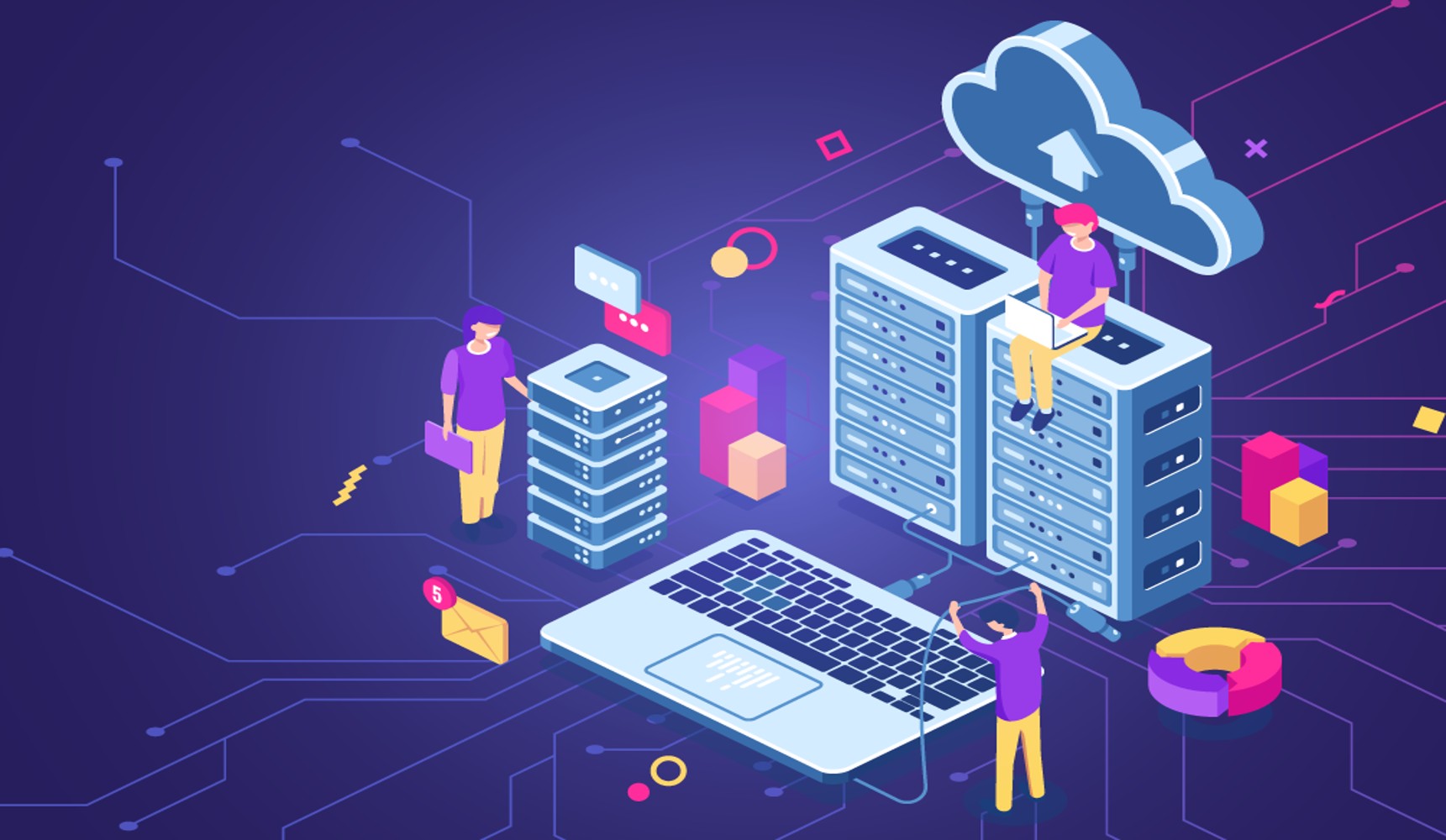Fairness: Building AI That Doesn’t Discriminate
As algorithms make decisions in hiring, lending, and criminal justice, bias can creep in through skewed training data or flawed assumptions. The result: models that replicate systemic biases and harm marginalized groups. In 2025, building fair AI begins with diverse datasets, but doesn’t stop there. Techniques like counterfactual fairness and fairness-aware learning are gaining traction.
Organizations now audit their models using fairness metrics—such as demographic parity and equalized odds—and promptly retrain or recalibrate if disparities arise. Fairness isn’t just a moral imperative; it’s a business imperative, ensuring brand reputation and regulatory compliance.
Accountability: Who’s Responsible When AI Goes Wrong?
AI systems can make opaque decisions—sometimes with serious consequences. When an AI model denies a loan or misdiagnoses a patient, who is accountable? Ethical AI demands clear responsibility pathways. In 2025, many organizations adopt “AI governance boards” or “model oversight committees” to review significant systems before deployment.
Logging, version control, and impact assessments ensure that every model has an audit trail. Moreover, regulators in India and around the world are introducing frameworks that hold companies accountable for harmful AI outcomes. Accountability safeguards not just users, but also developers and businesses from unintended harm.
Balancing Innovation and Ethics
Ethical AI doesn’t stunt innovation; it steers it toward positive, long lasting impact. While deep neural nets offer cutting edge accuracy, explainable models can be prioritized for regulated or user facing applications. Tech leaders now adopt “ethics by design” strategies in AI development—embedding ethical checks into every stage of the build deploy lifecycle.
Beyond internal policies, collaboration with ethicists, domain experts, and affected communities ensures real world insight and cultural competence.

